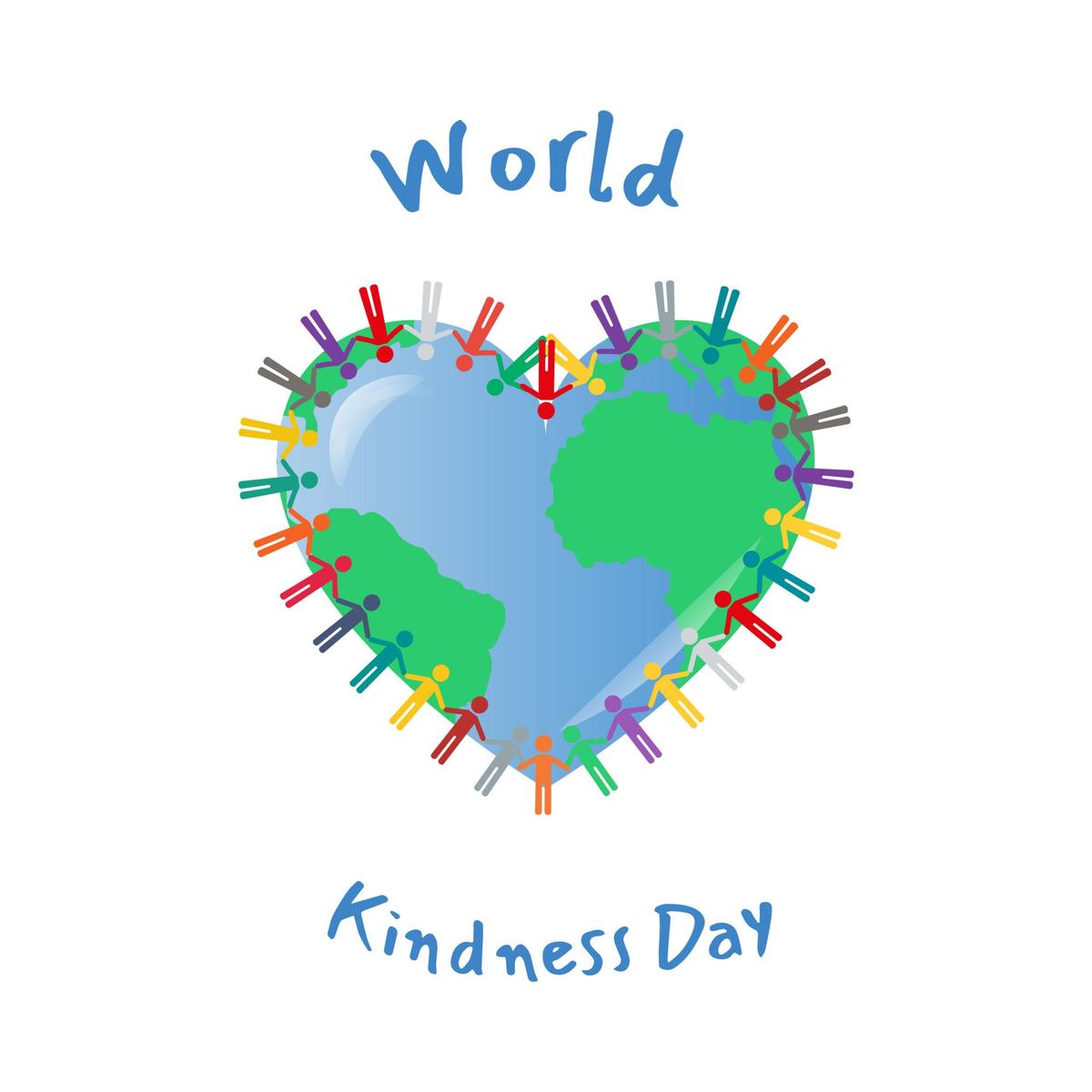Principal's Page
Jo Flynn

Principal's Page
Jo Flynn
Prayers Needed


Please pray for the speedy recovery of Sam Burke, one of our Kindergarten students. Sam had an accident at home about 10 days ago and suffered a fracture to his skull and a clot on his brain. He was airlifted to Westmead Children's Hospital where they are monitoring his condition.
PACE Meeting
Next Wednesday, 12th November there will be a PACE meeting, starting at 7pm, via zoom. A zoom link and Agenda will be sent via COMPASS prior to the meeting.
Change to Kindergarten Start Dates 2026
The Catholic Education Office Diocese of Bathurst has changed the official start date for Kindergarten 2026. Kindergarten will now start at the same time as the rest of the school. The first day of school for all students is Thursday, 29th January, 2026.
We ask that kindergarten students arrive at 8:55 and enter the school via the gate to the Kindergarten playground. There they will meet their teachers and be escorted to the Kindergarten rooms. We ask that you do this for the first two days, that is Thursday, 29th and Friday 30th January 2026.
Subject: Help shape wiser screen habits – Student & Parent/Carer Survey
Our school has been invited to participate in a study on best practice screen use. Parents/carers, please click on the link below to give permission for your child to complete a 10-15 min anonymous questionnaire and/or, if you wish, complete the parent survey: Take the Student & Parent/Carer survey. You can opt to receive a summary of the statewide results. Your insights will directly inform new parent resources and policy. Thank you for your support.
Grandfriends Day Thank You
I would like to take this opportunity to thank all the people who worked so hard to make Grandfriends day celebration so successful. Firstly I would like to thank the team who prepared the hall and the light lunch for our visitors. Thank you Georgi Shepherd, Jess Murphy, Emma Devitt-Hiller, Kylie Watkins and the PACE executive team for your extraordinary efforts with the refreshments and the set up of the hall. Stunning!






I would also like to thank all the staff and teachers for their efforts in providing a snapchat of school life to the grandfriends who visited. I heard many appreciative comments, with one Grandparent commenting that it was well worth the trip from Sydney.
Next I would like to thank the Year 5 team, Mrs Belmonte, Mrs Livingstone, Mrs Crum and the Year 5 students for the lovely liturgy to celebrate our grandfriends. The Year 5 students were also instrumental in making sure the grandfriends knew were to go and they helped set up the hall for the liturgy.
Finally I would like to thank Mrs Dunn for all the preparation before the day in making sure invitations were sent and all the necessary arrangements were done.
Well done everyone on a very successful community event.
World Kindness Day


Thursday 13th November is World Kindness Day. World Kindness Day is to highlight good deeds in the community focusing on the positive power and the common thread of kindness for good which binds us. Kindness is a fundamental part of the human condition which bridges the divides of race, religion, politics, gender and location. World Kindness Day is an international observance on 13 November. It was introduced in 1998 by the World Kindness Movement, a coalition of nations' kindness NGOs. It is observed in many countries, including Canada, Australia, Nigeria and the United Arab Emirates and Singapore.
Redvember
REDTEMBER is Ronald McDonald House's biggest community


fundraiser in the Central West. Our Student Representative Council visited Ronald McDonald House in Week 3 to find out more about what they do. They found out that they support families from across our region who have to travel to Orange and Dubbo so that their sick and injured child can receive treatment at Dubbo Hospital and Orange's three hospitals. They hold a huge fundraiser in September but as we at Catherine McAuley had so much on then we decided to hold a special red day on 14th November, hence Redvember instead of Redtember! All that is involved is children wear something red to school on the 14th November and make a gold coin donation.
Neurodiversity
In an increasingly complex world, many parents find themselves navigating a sea of information about child development.
Terms like “neurodiversity,” “autism spectrum,” and “ADHD” are becoming more common, leading to both greater understanding and, sometimes, confusion.
It’s natural to wonder if your child’s unique behaviours, learning styles, or social interactions are simply part of their individual personality or indicators of a neurodevelopmental difference.
This critical, easy-to-read guide will demystify neurodiversity, explaining what autism spectrum traits can look like, and empower you to decide if professional assessment is the right next step for your family.
What is Neurodiversity?
Neurodiversity is a concept that recognises that variations in brain function and behavioural traits are a natural and valuable part of human diversity. Just as there’s biodiversity in nature, there’s neurodiversity in people.
It’s an umbrella term that includes conditions like Autism Spectrum Disorder (ASD), Attention-Deficit/Hyperactivity Disorder (ADHD), dyslexia, dyspraxia, and Tourette’s Syndrome, among others.
Difference, not disorder
Neurodiversity isn’t about “disorder” in the sense of something being wrong and needing to be fixed.
It’s about recognising different “operating systems” for the brain, each with unique strengths and challenges.
Why is Early Identification Important?
Recognising neurodevelopmental differences early can be incredibly beneficial. It allows parents and educators to:
Understand and support a child’s unique needs and strengths.
Access the appropriate resources and interventions, such as therapies, educational accommodations, or parenting strategies.
Build a child’s self-esteem and give parents peace of mind by framing differences as unique ways of thinking, rather than deficits.
Prevent frustration and misunderstanding for both kids and their families.
These are two of the most commonly discussed neurodevelopmental profiles that often lead parents to seek assessment.
It’s important to remember that Autism Spectrum Disorder exists on a spectrum, meaning their presentation can vary widely from child to child.
Understanding Autism Spectrum Disorder (ASD)
ASD is a neurodevelopmental condition characterised by a) differences in social communication and interaction, and b) restricted, repetitive patterns of behaviour, interests, or activities.
The “spectrum” means that each experiences autism differently, with varying degrees of support needs.
Key Signs to Look For (Across Different Ages)
The key signs fall into two distinct areas: social communication and repetitive behaviours.
1. Social Communication and Interaction Differences:
Difficulty with Back-and-Forth Conversation: Your child may struggle to initiate or sustain conversation, or to avoid frequent interruptions.
Reduced Eye Contact: A child may avoid eye contact altogether or use it minimally.
Limited Facial Expressions or Gestures: Some children on the autism spectrum may have difficulty providing facial cues for emotion or recognition, resulting in a blank expression in social settings or using non-verbal cues, such as waving or pointing, to indicate their needs.
Difficulty Sharing Interest or Enjoyment: Some children on the autism spectrum have difficulty sharing their toys and other possessions. They are also more likely to engage in solitary play rather than play with other children.
Trouble Understanding Social Cues: Children on the autism spectrum are usually very literal. They generally miss jokes, sarcasm, or implied meanings, taking things literally.
Limited Peer Relationships: Many children with autism struggle to make or keep friends, preferring solitary play, or not seeming interested in engaging with others their age.
Unusual Tone of Voice: A flat monotone voice, or an unusually loud or quiet voice, is typical of many children with autism spectrum disorder.
2. Restricted, Repetitive Patterns of Behaviour, Interests, or Activities:
Repetitive Movements (also known as stimming): Common signs include hand-flapping, rocking, spinning, finger-flicking, or specific body movements, especially when excited, stressed, or bored.
Need for Sameness/Routine: Children on the autism spectrum have a strong resistance to change in routine, difficulty with transitions, and distress when familiar objects are moved.
Highly Restricted, Fixated Interests: A child with autism often has an incredibly intense interest in specific topics (e.g., trains, dinosaurs, vacuums) that may seem unusual in intensity or focus for their age.
Unusual Sensory Responses: A common sign to look out for is sensitivity to certain sounds, textures, lights, tastes, or smells. For example, they may be distressed by loud noises, particular clothing textures, or seeking out intense sensory input.
Repetitive Play: While all children have their favourite toys, children on the autism spectrum often play with toys in the same way repeatedly, lining up objects or focusing on toy parts (e.g., spinning wheels) rather than engaging in imaginative play.
When to Seek a Professional Assessment
For children already in school, red flags are combinations of behaviours that significantly impact their complex academic and social functioning.
Core Red Flag Combinations for School-Aged Children:
For school-aged children, these combinations of behaviours indicate a need for professional assessment if they are persistent, pervasive (across multiple settings), and impairing (causing significant difficulty in daily life).
Intense, Narrow Interests + Social Isolation: Your child has an extreme, consuming focus on a very specific topic (e.g., transit systems, weather patterns, facts about a niche video game) and struggles to interact with peers because they know only how to— or want to — talk about this topic.
Literal Interpretation + Difficulty with Perspective: A child consistently misses implied meanings (sarcasm, jokes, figures of speech) and struggles to understand why others might feel differently than they do, leading to frequent misunderstandings and conflict with peers and teachers.
Rigidity of Routine + Emotional Distress: A child shows a strong, inflexible need for things to be done exactly the same way (e.g., following the same school route, specific seating, order of tasks) and experiences a severe emotional meltdown or shutdown when minor changes occur.
Sensory Overload + School Avoidance/Disruption: Compared to most children their age, a child is bothered more than most children by everyday classroom stimuli (e.g., fluorescent lights, humming noises, specific textures of clothing), which results in a strong need to avoid activities, leave the classroom, or display significant frustration/distress.
Poor Social Reciprocity + Emotional Flatness: A child struggles with the “give and take” of social interactions (e.g., only talking about themselves, not asking others questions) AND may have an unusually flat, monotone voice or difficulty interpreting/displaying a full range of nonverbal emotion.
Early ASD Developmental Markers (Infancy to Preschool)
While a child in primary school is past these stages, these signs are crucial for parents of younger children and are included here for completeness:
No babbling by 12 months of age.
No pointing or other gestures (waving, showing) by 12 months of age.
No single words by 16 months of age.
No meaningful two-word phrases (not just repeating) by 24 months of age.
Loss of any language, motor, or social skills at any age.
Finally
The journey of understanding a child’s neurodevelopmental profile, especially when considering Autism Spectrum Disorder (ASD), requires insight, patience, and a collaborative approach.
Early identification is a crucial step toward accessing the appropriate support, knowledge and resources that can unlock a child’s full potential and foster a strong sense of self-worth.
When persistent and pervasive behaviours significantly impact a school-aged child’s functioning, the question of professional assessment often arises.
As a parent, it’s essential to work closely with your child’s teacher and principal when considering this step.
Your child’s teachers offer valuable, objective insights about how they function across various social and academic settings, ensuring a cohesive strategy and smooth transition to any recommended supports or accommodations, regardless of the assessment outcome.
By working as a team—with teachers and clinicians— you can plot the best possible path forward, focusing on your child’s strengths while addressing their specific needs.
Have a great fortnight,


Jo Flynn